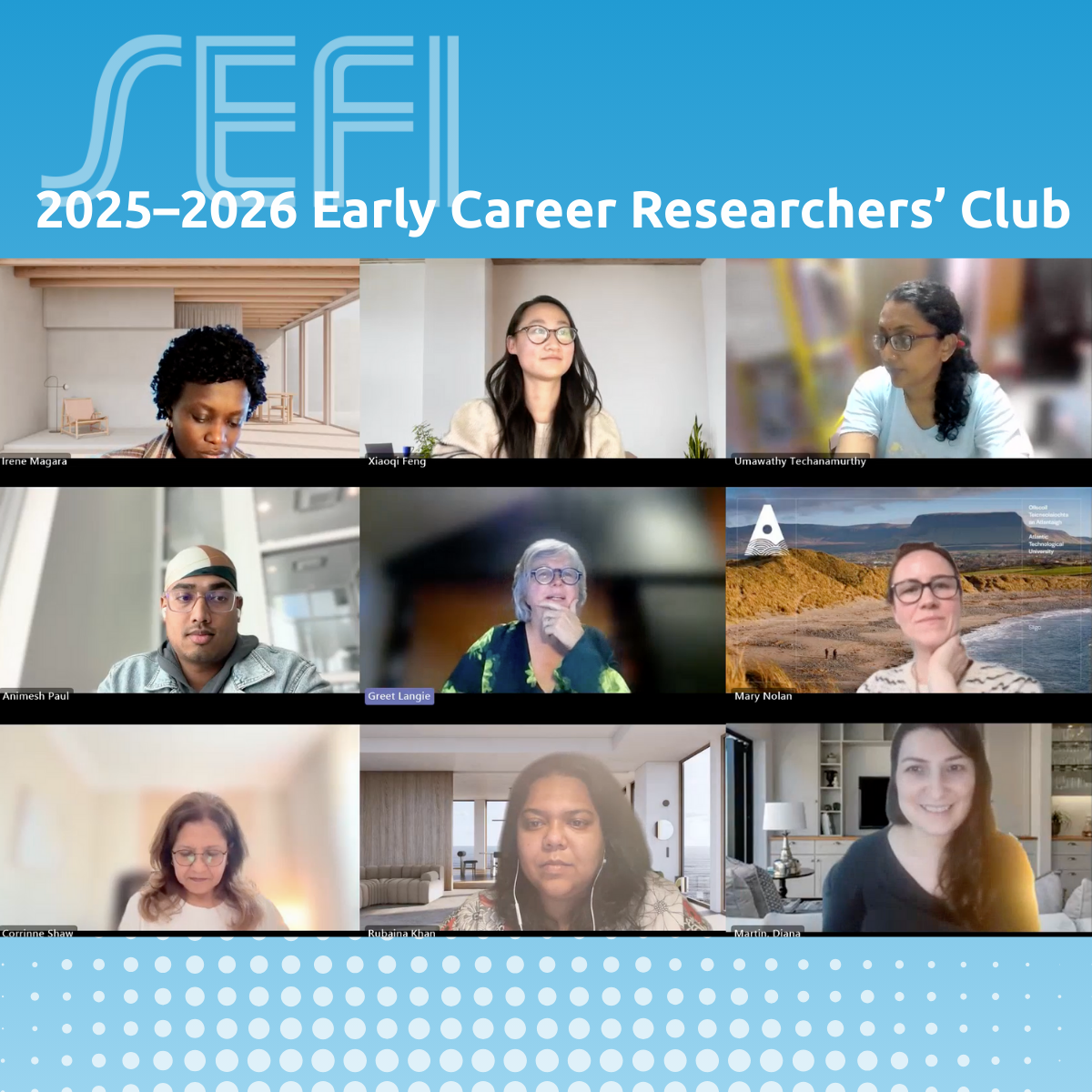The SEFI Early Career Researchers’ Club is a 9-month initiative designed to support and connect…

In engineering ethics education, we encourage the student to see different perspectives of an issue for example structured debates or through role play. By doing so, we stimulate moral reasoning but also imagination and empathy. Film could be a means for immersing the viewer into the perspective of others.
The concept of suture (explored for another purpose in this piece), which refers to the methods that are used to absorb viewers into the narrative and to identify with the characters, can be used to understand why. Early techniques of suture such as the shot/reverse-shot technique made the viewer identify with a particular character. Slavoj Žižek revisited the concept in the 1990s, arguing that rather than being a successful identification with a particular character, suture destabilizes the subject, for example when the seemingly objective shot taken from above of a burning gas station in Bodega Bay (in Hitchcock’s The Birds), turns out to be the gaze of the birds, perhaps problematizing the very possibility of an objective perspective – a view from nowhere. In a recent piece by Richard Rushton, a third, more flexible notion of suture is proposed, one in which the viewing subject is temporarily frozen or arrested throughout the film, to characters, relationships, or to the story world more generally. The fixing is never totalizing, but rather shifts throughout the film.
Film can suture viewers into something other than themselves. It can create first-hand, immersive experiences of how different characters think, reason, and feel related to ethical issues, and could contribute to the perspectivism that we seek for in our education. And this is just one potential benefit. It is time to restart a discussion and share our thoughts and experiences on the pros and cons of using film, how to use film, and what films to use in our engineering ethics education.


